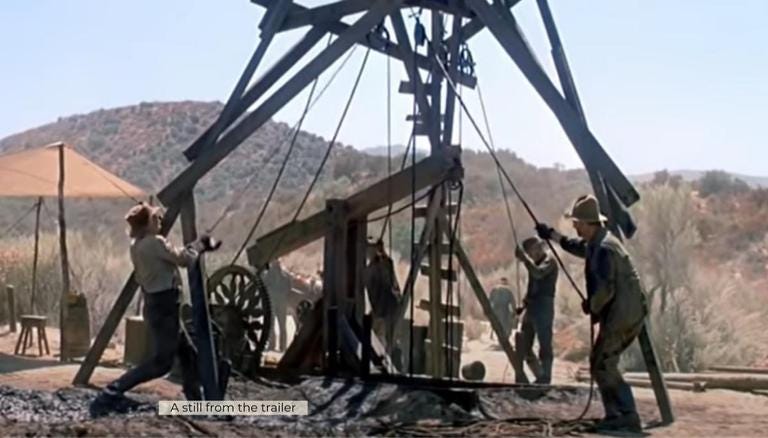The Oil Demand Seesaw
It’s been a crazy week for me so I apologize if this seems rushed. I’ve been at one of my company’s factories overseeing a manufacturing trial and I wrote most of this at the airport. Over the past month there has been some interesting developments in the oil markets.
The Polymerist is sponsored by:


The first thing I want to cover is Shell is pulling out of the Cambo oil field development program in Scotland. I’ve previously written about how the North Atlantic is seeing a decrease in extraction opportunities and this seems to follow that consensus. The Cambo oil field was a somewhat contested development site and it’s development by Shell and other companies was protested by environmentalists opposed to developing the site. Shell just side stepped the whole issue and pulled out of the deal to the disappointment of the potential partners it had in the deal. I suspect that Shell has bigger things to deal with and might not want the headache as the company tries to transition from oil to renewable energy, making chemical and fuels from plastic waste, and moving their headquarters.
Royal Dutch Shell is seeking to drop the “Royal Dutch” part and is seeking to transition its world headquarters to London. The board meetings, chief executive, and I suspect the senior leadership team would all move to London and vacate The Hague. The shareholders will vote on the proposal on December 10th. The proposal is an effort to simplify the company from the dual headquarters structure to something more streamlined as the company seeks to make a clean energy transition in the next decade.
I suspect that The Netherlands court forcing Shell to pay for damage due to an oil operation in the Niger Delta might have also been a factor in the decision to move the company to London. Even though oil was recently at a multi-year high I suspect that Covid-19, new variants, and the environmental hassle of opening up new capacity for Shell is more trouble than it is worth. I bet the company just wants to be able to execute on their strategic plan and transition as quickly as possible. The company also has an activist investor seeking their breakup.
Around November 23rd President Biden made a move to tap the strategic petroleum reserve as gas prices neared a 7 year high. About a week after the decision oil prices have seesawed with OPEC+ keeping to a decision to increase production and Omnicron variant causing travel bans from African countries. The desire to keep oil prices low is good for everyone except the oil companies as lower oil prices can help fight inflation. Lower oil prices means it will cost less for heating homes as the northern hemisphere of the world moves into the winter season. Lower oil prices means that chemicals and other downstream oil products will become cheaper since most of the raw material supply chain are often indexed to commodity raw material prices. Long term low oil prices are good for most people in the short term, but long term they could also hinder adoption of electric vehicles and clean energy installation.
A Word From My Sponsor
We’ve been in the business of connecting highly skilled and impressive laboratory professionals with established industry leaders since 1973. You’ve got important work to do… Let us lend our expertise. You can confidently trust your career in the hands of our experienced and dependable Recruiters at CPS, Inc.
Contact Stephanie Kemp to get started Skemp@cps4jobs.com
Forward Looking
As I’ve highlighted different technologies that could transition us away from oil as a key raw material, but I was thinking about what will the OPEC countries do when demand for oil starts waning? When will the demand for oil wane?
I think it’s easy to have a vision for how the world could be better without oil, but oil and coal are all we have known for the past 100 years. I was attending a climate summit about financing clean energy projects in Paris when I was in graduate school and the representative from India said something that really stuck with me.
At the time India was looking to invest more into coal. They were digging it by hand. I wonder how many solar, wind, and geothermal energy projects would need to be installed to meet the demand in India. More importantly, who would pay for them?




